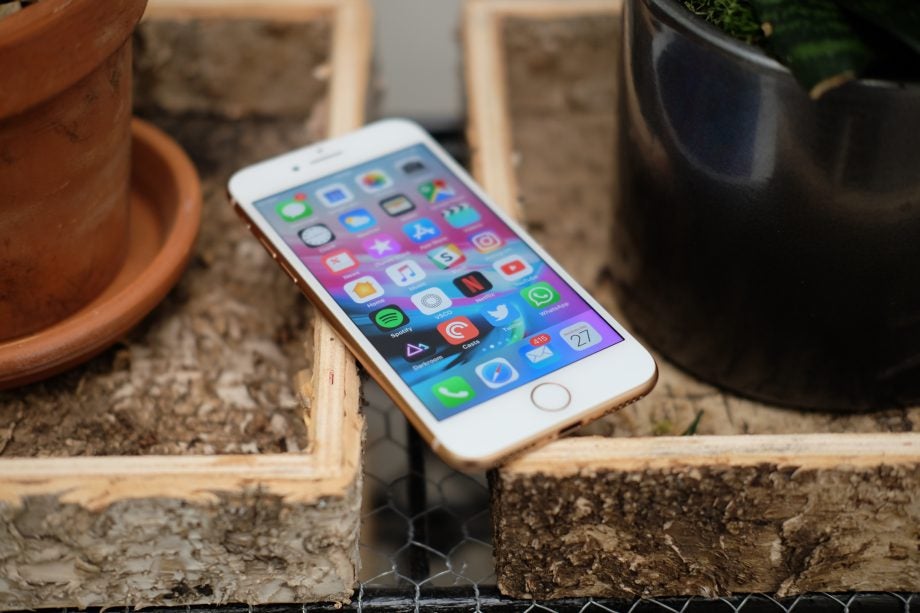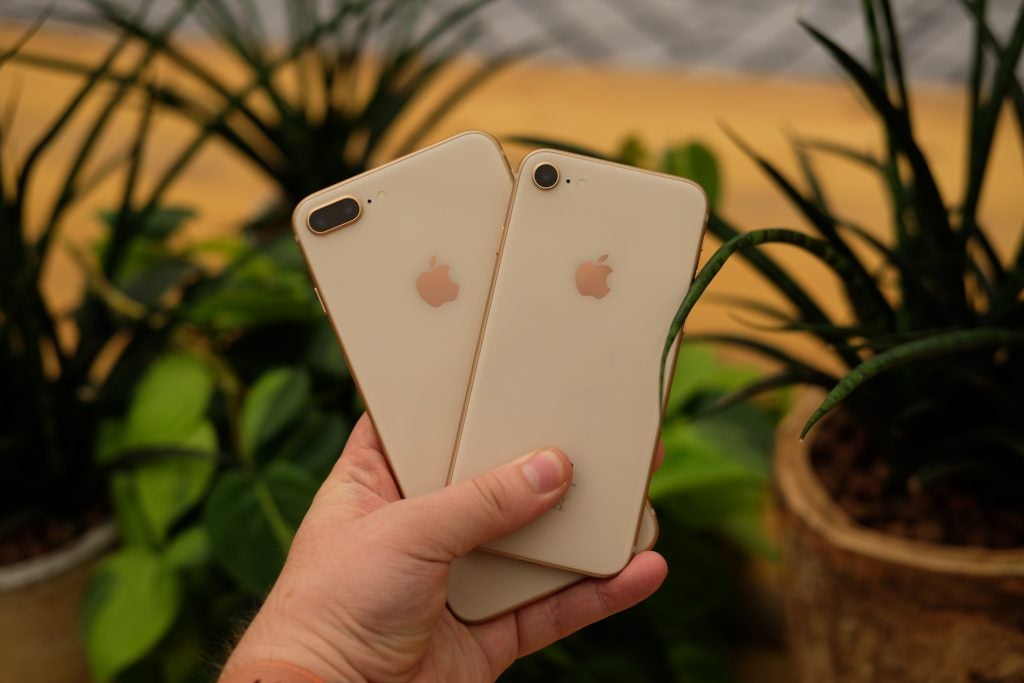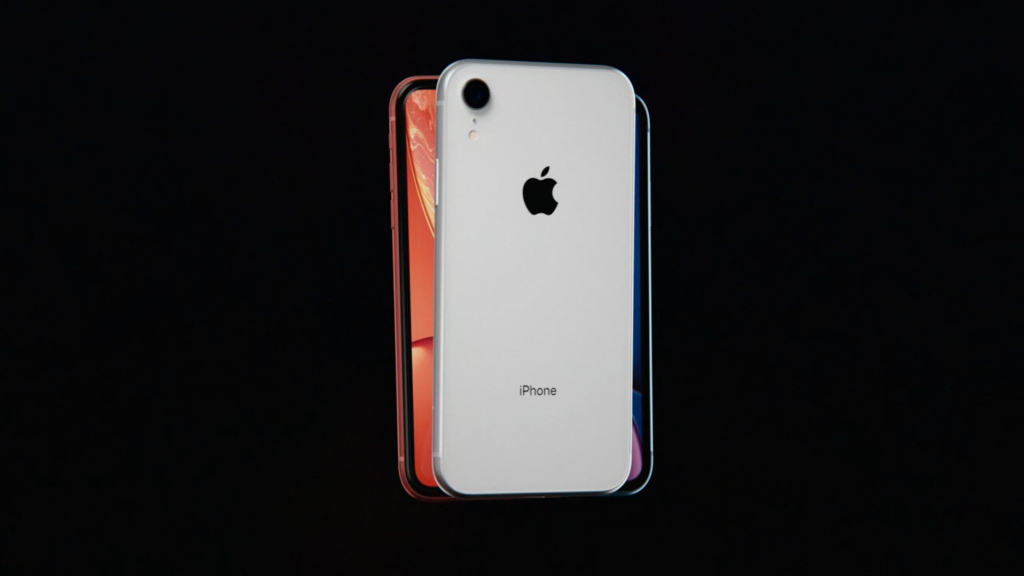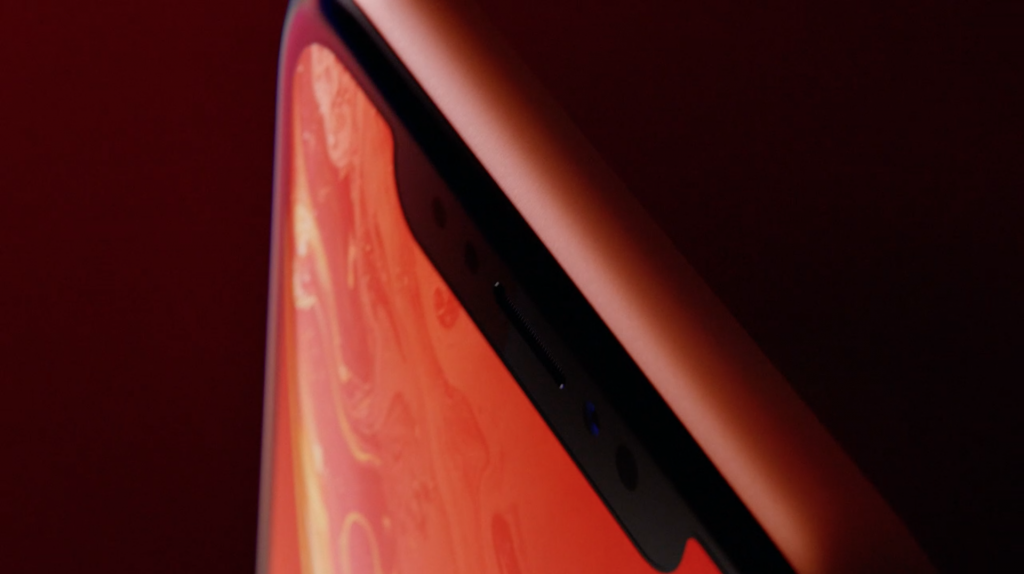iPhone XR vs iPhone 8: Are the 8 and 8 Plus still worth your money?

iPhone XR vs iPhone 8: Does the iPhone XR render the iPhone 8 redundant?
The iPhone XR is an intriguing new smartphone that takes a stab (and potentially fails) at serving itself up as a more affordable alternative to the iPhone XS which it launched alongside. Its more conservative feature set still looks as though it trumps last year’s iPhone 8 and iPhone 8 Plus, but a price cut also renders Apple’s now antiquated iPhone more appealing than ever before.
Related: Amazon Prime Day 2019
iPhone XR vs iPhone 8 – Design
The most obvious differences are unquestionably physical. Last year, Apple forked the iPhone design in two distinct directions. The iPhone 8 and 8 Plus followed the design introduced with the iPhone 6 family, with two home button-laden handsets with 16:9 aspect ratio displays. The biggest change was the introduction of a glass back, a trait last seen on the iPhone 4S, but reinstated to facilitate the phone’s integrated wireless charging capabilities.
The iPhone X introduced a stainless steel, mirror-polished frame running seamlessly into a more slender glass rear, with a taller, narrower, notched display. It’s this more premium design that can be seen on all of this year’s smartphones, including the relatively humble iPhone XR.
Related: Best smartphones

iPhone 8 and iPhone 8 Plus
As such, the iPhone 8 – despite still being an attractive handset – looked dated the moment it was first pulled out on stage in 2017. The fact the new ‘basic’ iPhone enjoys the same enhanced design as last year’s flagship only serves to hammer that point home even further.
Either way, you can enjoy IP67-certified dust and water-resistance, Qi wireless charging and a glass back. Neither device offers a 3.5mm headphone jack, which at this stage is pretty much the norm for any high-end handset, bar the Samsung Galaxy S9. Instead, you’re left with a downward-facing loudspeaker (which works in concert with the earpiece for stereo sound), as well as a microphone grille and a single Lighting connector for power, data and accessory support.
iPhone XR vs iPhone 8 – Specs and features
The main shift away from that 16:9 aspect ratio means the Touch ID-based home button is gone, replaced by the TrueDepth camera sensor Apple introduced on the iPhone X. While the iPhone 8 unlocks with a fingerprint, the XR, new iPhone XS and iPhone XS Max rely on your face for authentication. All phones use an infrared depth map to verify that the right person is trying to get at their contents.

According to Apple, this makes for a more secure setup. As for reliability, and based on our experiences with the iPhone X, it’s equally serviceable as Touch ID but simply suffers from different shortcomings based on the nature of using face over finger.
The TrueDepth sensor also means the iPhone XR enjoys Animoji and now (as part of iOS 12) Memoji support. Apple had initially trialled the former on the iPhone 8 but found it resulted in a sub-par experience based on the hardware on offer, pushing the company to omit it and thus making it an iPhone X exclusive.
| iPhone 8 | iPhone 8 Plus | iPhone XR | |
|---|---|---|---|
| Display | 4.7-inch 16:9 750 x 1334 IPS LCD |
5.5-inch 16:9 1080 x 1920 IPS LCD |
6.1-inch 1792 x 828 IPS LCD |
| Processor | Apple A11 Bionic | Apple A11 Bionic | Apple A12 Bionic |
| Rear camera | Single 12-megapixels | Dual 12-megapixels | Single 12-megapixels |
| Front camera | 7-megapixels | 7-megapixels | 7-megapixels |
| Software | iOS 12 (upgraded from iOS 11) | iOS 12 (upgraded from iOS 11) | iOS 12 |
| Storage | 64/256GB | 64/256GB | 64/128/256GB |
There’s also the matter of the improved Apple A12 processor powering the iPhone XR. The iPhone 8’s A11 Bionic chipset has proved an excellent piece of silicon over the past year and still has sufficient clout to tackle most of the newer flagship Android rivals.
The main takeaway with performance is an obvious one: the new A12 is more powerful, more efficient and capable of better intensive tasks such as gaming and powering augmented-reality experiences.
iPhone XR vs iPhone 8 – Camera
The iPhone XR is essentially this year’s iPhone 8 modelled in the image of an iPhone X. Nowhere is that more obvious than with its single rear 12-megapixel camera. It’s a large sensor that enjoys OIS (optical image stabilisation), just as on the iPhone 8, although Apple says it’s been improved for superior dynamic range and low-light performance. The gap will be smaller than the one found between the 8 and the likes of the iPhone XS and XS Max, both of which possess dual rear cameras, adding lossless optical zoom.
Related: iPhone XR vs iPhone XS vs iPhone XS Max

Portrait mode is now available on the XR’s front camera, since the TrueDepth sensor provides the additional gubbins needed to pull off the feature there, and on the rear camera, making this the first single-sensor iPhone to offer the feature.
iPhone XR vs iPhone 8 – Price
Ahead of the launch, based on Weibo leaks picked up by 9to5Mac, we were expecting a $699/£699 launch price for the iPhone XR. This made sense considering the 8 was launched at the same price. Such rumblings proved to be optimistic, however, with the base 64GB iPhone XR actually coming in at $749/£749. The price of the basic iPhone 8 now drops to $599/£599 and the iPhone 8 Plus falls from $799/£799 down to $669/£669.
Early verdict
As well as the transition from old design to new with the iPhone XR, Apple has also added a few defining features that wholly change the iPhone experience compared to last year’s iPhone 8. The extended, notched display and TrueDepth sensor are chief amongst these.
As such, the XR feels far closer to the iPhone X and iPhone XS than it does to its predecessor, and for some that might make it the preferred choice. The main reason to opt for the 8 is if you don’t already own one – it will dole out a perfectly serviceable experience for at least another year. However, with the notable drop in price, this might also be a way into Apple’s ecosystem for those whose budget doesn’t usually stretch to the company’s high-priced handsets.


